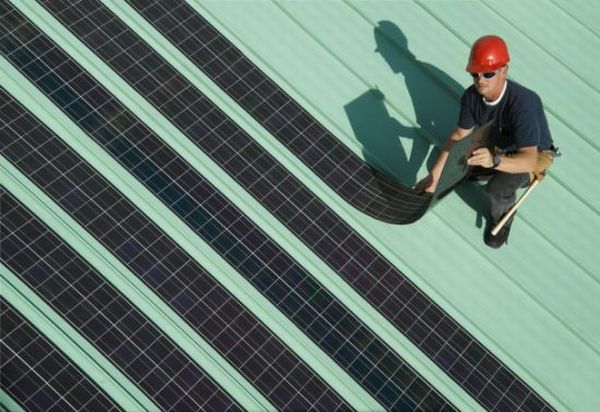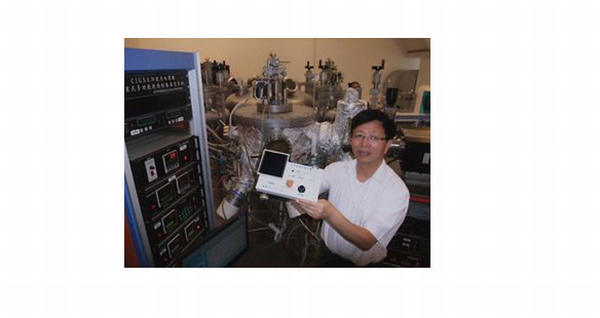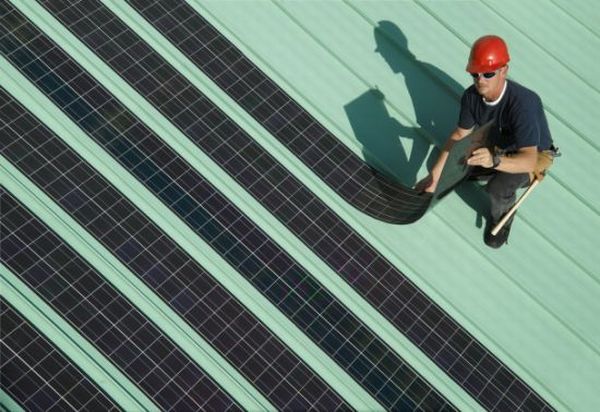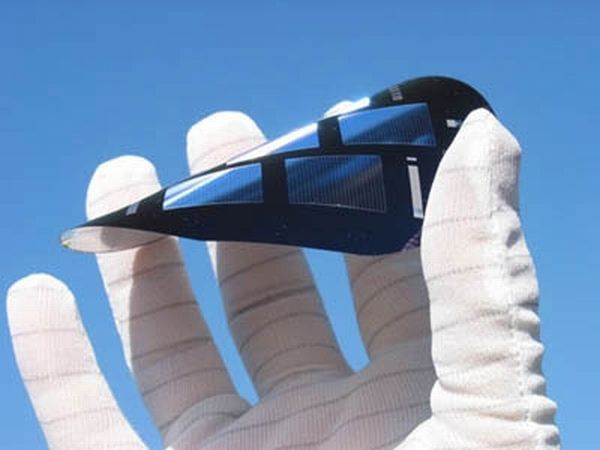
As we know it
Thin Film Solar Cells or TFSC are solar cells in actuality. Also known as thin film photovoltaic cells or TFPC, they consist of a substrate that is used to place thin layers of photovoltaic material one above the other. They come in a wide variety and give people the flexibility to pick and choose in terms of fabrication and design. A lot of substrates can be used to deposit the different layers along with a variety of techniques. The performance of a device can be enhanced by tailoring and engineering the layers. The thickness of these layers can vary and range from as less as a few nanometers to tens of micrometers. TFSC are split into various categories depending on the kind of photovoltaic material that has been used to make them. They are commercially available and can be installed on roofs to convert solar energy into electricity.
Need for change
Traditional silicon based cells are thick and hence have a problem absorbing light as compared to thin film solar cells. TFSCs use less material as compared to silicon ones and are also light in weight. These can be effortlessly deposited on supple substrates as well. No doubt silicon is cheap and readily available, but the amount of energy and processing required getting the crystalline structure and purity is very high in comparison with thin film solar cells.
What’s Next?
1. IBM thin-film PV solar cell

What’s new
IBM has developed an all new thin-film PV solar cell that is 9.6 percent efficient. It has been made from earth abundant materials and is thought to be the one of the most efficient thin film solar cell. The wide production will be achieved because of the presence of tin, zinc, copper, selenium and/or sulfur. The device will perform without getting obstructed by impurities like carbon, chlorine or oxygen because of the presence of hydrazine.
What difference will it make
Thin-film PV solar cell by IBM is able to achieve 40 percent more efficiency than its previous products in the same league. It is 9.6 percent efficient which is quite commendable keeping in mind it has been made using earth abundant materials. There are more commercial versions available that boast of an 11 percent efficiency but not to forget they have been created from expensive compounds such as cadmium, gallium, copper, indium and tellurium that pumps up their price as well. Usage of earth abundant materials makes it possible to produce it at a large scale.
Problems
The concept is at its initial stages so no one knows what the final product will be like. Moreover, chances are people may opt for something that gives higher efficiency irrespective of the price tag it comes stashed with. IBM is on no mood to manufacture Thin-film PV solar cells but is thinking to license the technology, which may again take time.
2. SoloPower thin-film rooftops solar cells

What’s new
SoloPower has unveiled a line of thin-film rooftop solar cells in a hope to lower the cost of solar energy. These flexible panels are light in weight and easy to install. They are apt for commercial use and have been made by coupling gallium, indium, selenium and copper. These materials have been positioned on a supple foil and company has made good use of roll to roll electroplating process. Usage of this process makes the solar panels very cost competitive in comparison to other technologies and manufacturers available in the market.
What difference will it make
SoloPower thin-film rooftop solar cells weigh much lighter than the glass encased panels. It can easily achieve an efficiency of 11 percent, which is worth applauding. These are easy to install rooftop solar cells that can be used at a commercial level. They have been specially designed for commercial buildings with a flat roof where they can be laminated onto the rooftop.
Problems
The use of expensive materials will definitely make the line expensive. It won’t be picked by people who want a cost-effective solution for their homes.
3. CIGS thin film solar cell

What’s new
CIGS thin film solar cell does not need buckets of cash in terms of making it and is being developed by researchers at the Chinese University of Hong Kong. The best part being it can be used for a variety of purposes which includes installation on outer walls, rooftops plus handbags and even backpacks. This is quite impressive and makes sure that people can use solar energy efficiently and effectively.
What difference will it make
The thin film solar cell by CIGS can effortlessly touch 17 percent conversion efficiency. This will allow people to charge electronic gadgets right away without having to hunt for an electric socket. If this becomes a reality and the solar cells are installed on all roofs of the city, it is expected that almost 40 percent of electricity needs can be fulfilled by using just solar cells.
Problems
Since they are being produced using Cu(InGa)Se2 it may take a good number of years for these thin film solar cell to overpower crystalline silicon solar cell that dominate the present day markets and are very popular.




